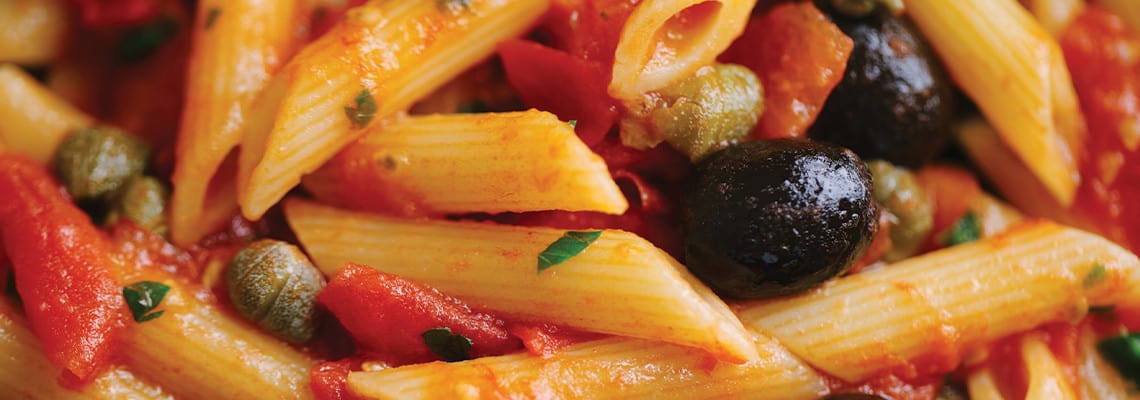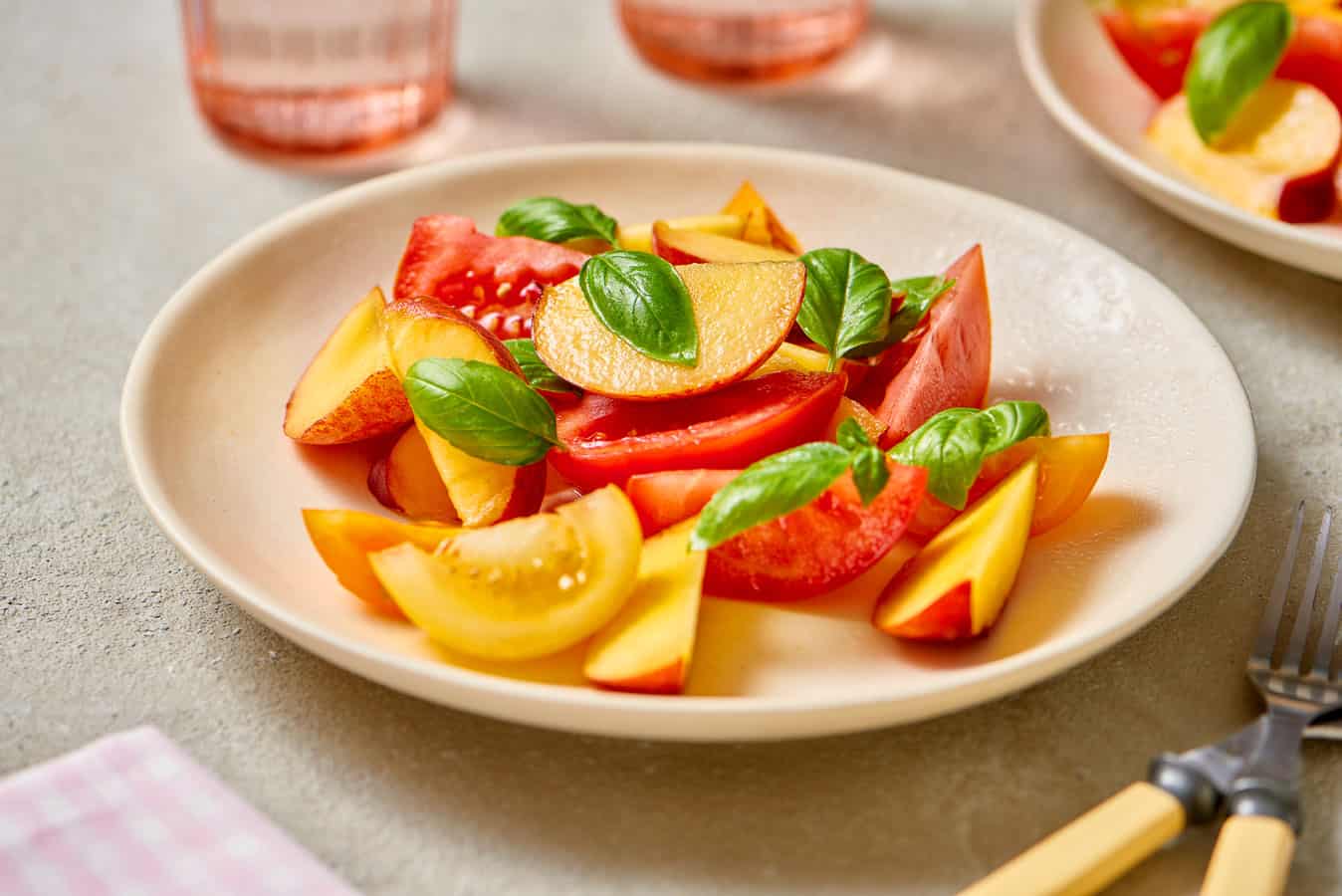When I was sick with Covid (I was fully vaccinated and boosted, but this darn Omicron BA.2 variant got me), all I wanted was comfort food. My mom made me homemade chicken noodle soup and I turned to instant ramen noodles, Kraft mac and cheese, and my mom’s homemade cornbread. Needless to say, there weren’t a lot of green foods in the mix, but I wasn’t super concerned with tracking my food in the Noom food log while my body was working to get better.
Since there isn’t necessarily any physical benefit of eating comfort food while you’re sick, it got me thinking: what is the psychology behind comfort food? Why do we turn to calorie-dense foods, often that have a nostalgic or emotional attachment, when we want to feel better?
Food shouldn’t be a replacement for other modalities to deal with stress or negative emotions—this is where meditating, physical activity, journaling, taking a bath, and going to therapy come in—but I also don’t want people to beat themselves up for eating grandma’s homemade mostaccioli or a gooey chocolate chip cookie when they are looking for a much-needed boost. I want to reiterate: eating comfort food gets a bad rap, but there’s nothing wrong with turning to your favorite foods to feel better every once in a while.
So here’s what I learned. Comfort foods are typically high in fat and/or sugar and calorie-dense, and there is science behind why we turn to these foods in times of stress or discomfort.
“Times of crisis present a high-stress environment, and prolonged stress can be damaging to the natural homeostasis (equilibrium) of the body,” Monique Dorsey, registered dietitian with UT Physicians, said in an article on the UT Physician website. “In an attempt to maintain its balance, the body may react by producing a physiological response, such as irregular eating behavior, including increasing caloric intake.”
It’s no surprise we crave our favorite calorie-dense foods to feel better; Psychology Today outlined five reasons why we crave comfort foods, one of them being that they make you feel good. Foods high in fat, sugar, and/or salt activate the brain’s reward system. So when I was in bed sick with a headache, body aches, congestion, and a sore throat, all I wanted was a warm bowl of instant ramen or homemade cornbread with butter to feel better. And, spoiler alert—this comfort food did make me feel better, at least in the short term. I gave myself permission to enjoy my favorite comfort foods while I was sick with the knowledge that I wouldn’t make it a habit to eat these calorie-dense foods every time I felt any minor discomfort.
Psychology Today also said that nostalgic eating is a big part of eating comfort foods. The smell of certain foods can remind us of pleasant memories from our past (especially childhood), and even the smell can boost your mood. The smell of hot instant ramen noodles fresh out of the microwave reminded me of when I would heat up ramen as a kid before swim practice, which I loved. Kraft mac and cheese reminds me of being little and my mom making it for me when I was sick because she knew it was my favorite.
I also don’t want to conflate comfort eating with mindless eating, or what we call fog eating at Noom. Fog eating is when you eat without realizing what you are chowing down on, such as popcorn at the movies or snacking on potato chips at your desk. Eating your favorite comfort foods is more in line with fun eating, which is when you eat for pleasure. People who fun eat often live to eat (rather than eat to live, which is the motto of fuel eaters).
At Noom, we are firm believers that fun eating has a place in any healthy eating plan. While we encourage people to engage in fuel eating the most often, which is when you eat to give your body what it needs to power you through the day—think: vegetables, fruits, whole grains, lean proteins, and healthy fats—we also know that it’s not practical to only eat to fuel your body.
The key is to fun eat only occasionally, like when you are in bed sick and feel miserable (like I was a couple weeks ago,) and eat your favorite foods mindfully. That is, make sure you are making deliberate choices in what you are eating, savoring the smell and taste, and paying attention to how these foods make you feel.
Real results with a personalized weight loss program
Take the quiz!

Once I started to feel better, I went back to fueling up with mostly green foods and eating my healthy go-tos (with the occasional piece of cornbread). While I was hopped up on cold medicine, ibuprofen, and decongestants, I truly believe eating my favorite comfort foods also helped me feel better. When you feel miserable, sometimes all you want is a bowl of Kraft mac and cheese or a piece of cornbread—and there’s no shame in that.




